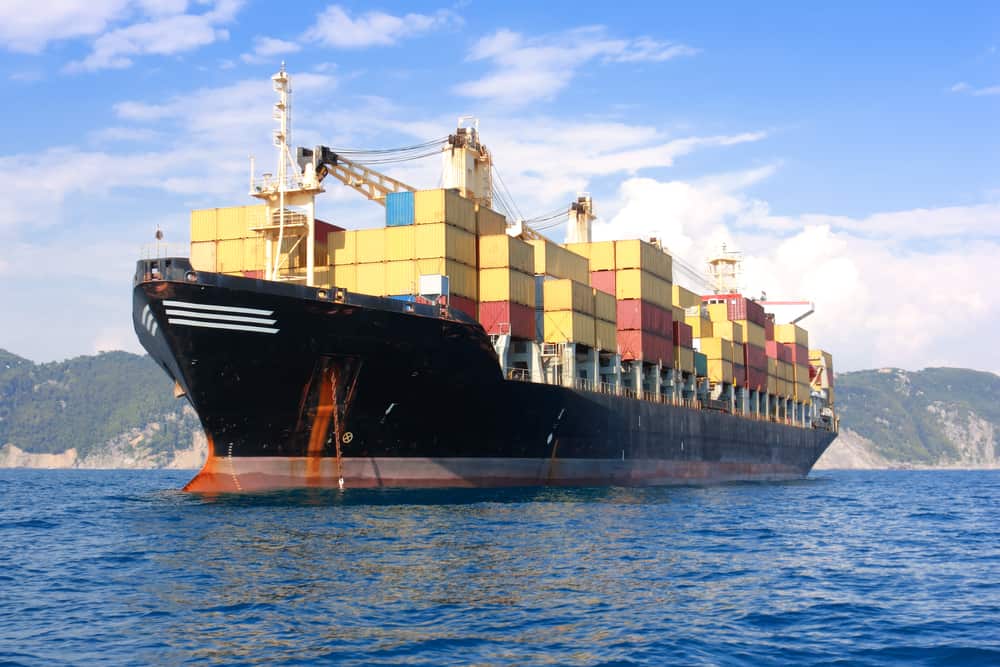In Q4 of the year, the shipping industry is usually able to analyze the health of the U.S. market by checking importers’ performances.
This is a very good indicator of the economic health in the U.S., by far the biggest consumer in the world. See the infographic below:

I have selected and analyzed 4 charts, all downloaded from Datamyne, and tried to give an explanation to the numbers I have extracted:
- Imports by Origin Country
- Imports by Commodity
- Imports by Steam Ship Line
- Imports by Steam Ship Line – Country
Imports by Origin Country:

- China (along with Hong Kong) has lost almost over 750,000 TEUs in 2019 compared to 2018 (an 8% reduction), with a reduced market share from 46% of 2018 to 42% in 2019.
- Vietnam has increased its export volume to the U.S. 29%. However, if we consider its market share, it is still not even close to cover partially the big reduction in imports from China (its market share has increased only 1% from 5% to 6%.)
- Other countries have significantly increased their volumes, but the gap from the loss of volume from China is not recovered because of these increases (primarily in Southeast Asia.)
The 2 charts below show graphically what is described with words and numbers above:


Imports by Commodity:
Below are some of the product categories that are affected by the latest tariffs imposed by the U.S. government:
Furniture:

Machinery/Auto Parts:

Footwear:

Lighting:

Imports by Steam Ship Line (China-Vietnam):
Below is a simple chart showing how much carriers are importing from China and Vietnam. Overall, when we consider all countries, MSC is still the biggest carrier for imports to the U.S.

What is reported above about carriers’ performances is represented below with the actual total numbers for the totality of imports (not only for China and Vietnam.)
Asian carriers, Evergreen, Cosco, and OOCL, along with APL and ZIM, are the most exposed to this market disruption, considering the decrease in terms of TEUs or the loss of market share:

This type of analysis can lead us to few important considerations:
- The direct impact of the U.S.-China trade war is affecting heavily medium and small importers that are not prepared to diversify and find alternative sourcing other than China.
- Southeast Asia has seen an impressive spike in terms of volume, but it is not even close to compensate the immense loss of volume share that China was exporting to the U.S.
- Certain commodities, for various reasons, have been affected more than others. The difference compared to 2018 is real and tangible.
- What is ahead of us in 2020 is still very uncertain, considering that too many geo-political factors are still evolving with unpredictable consequences.




